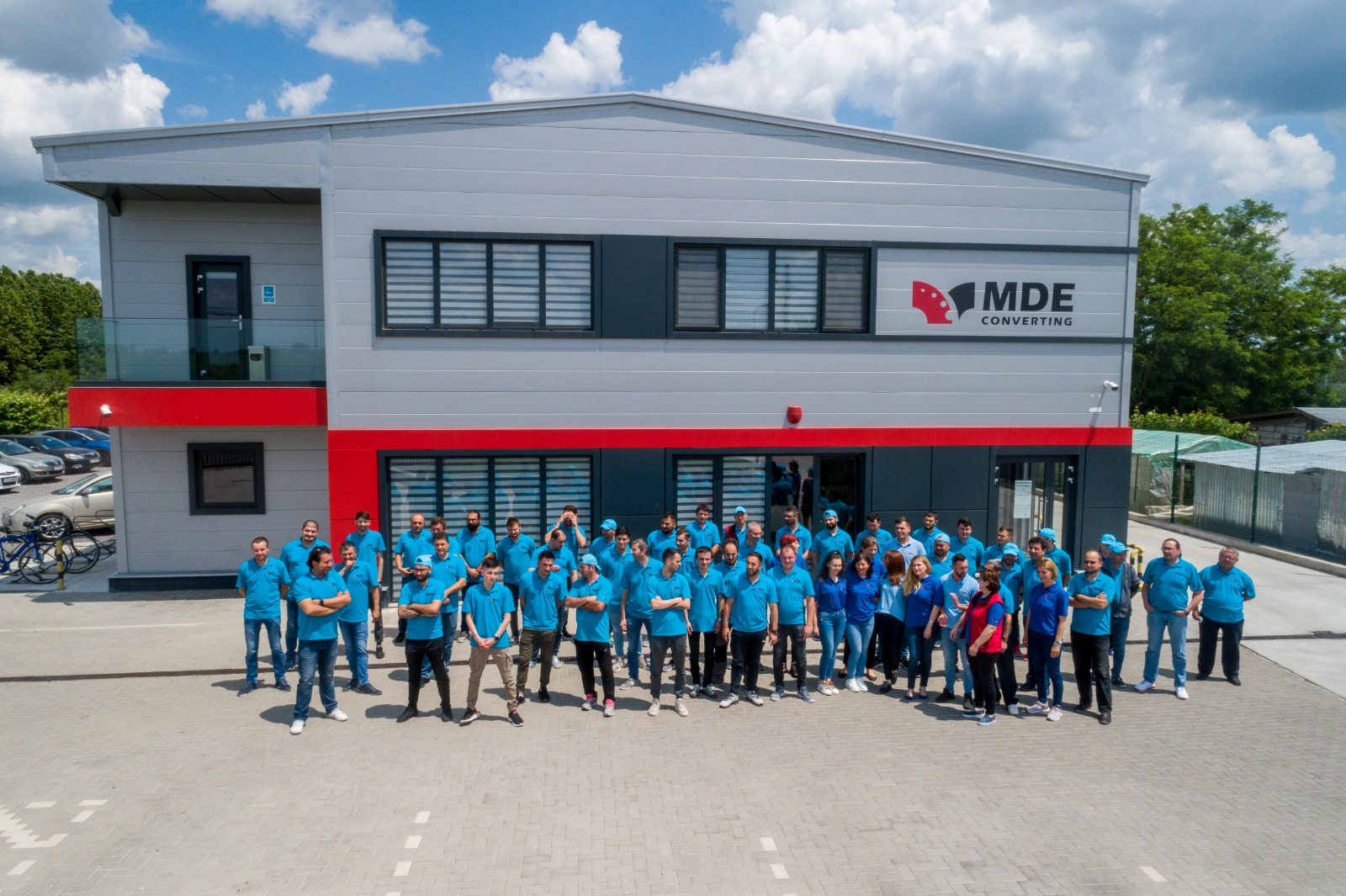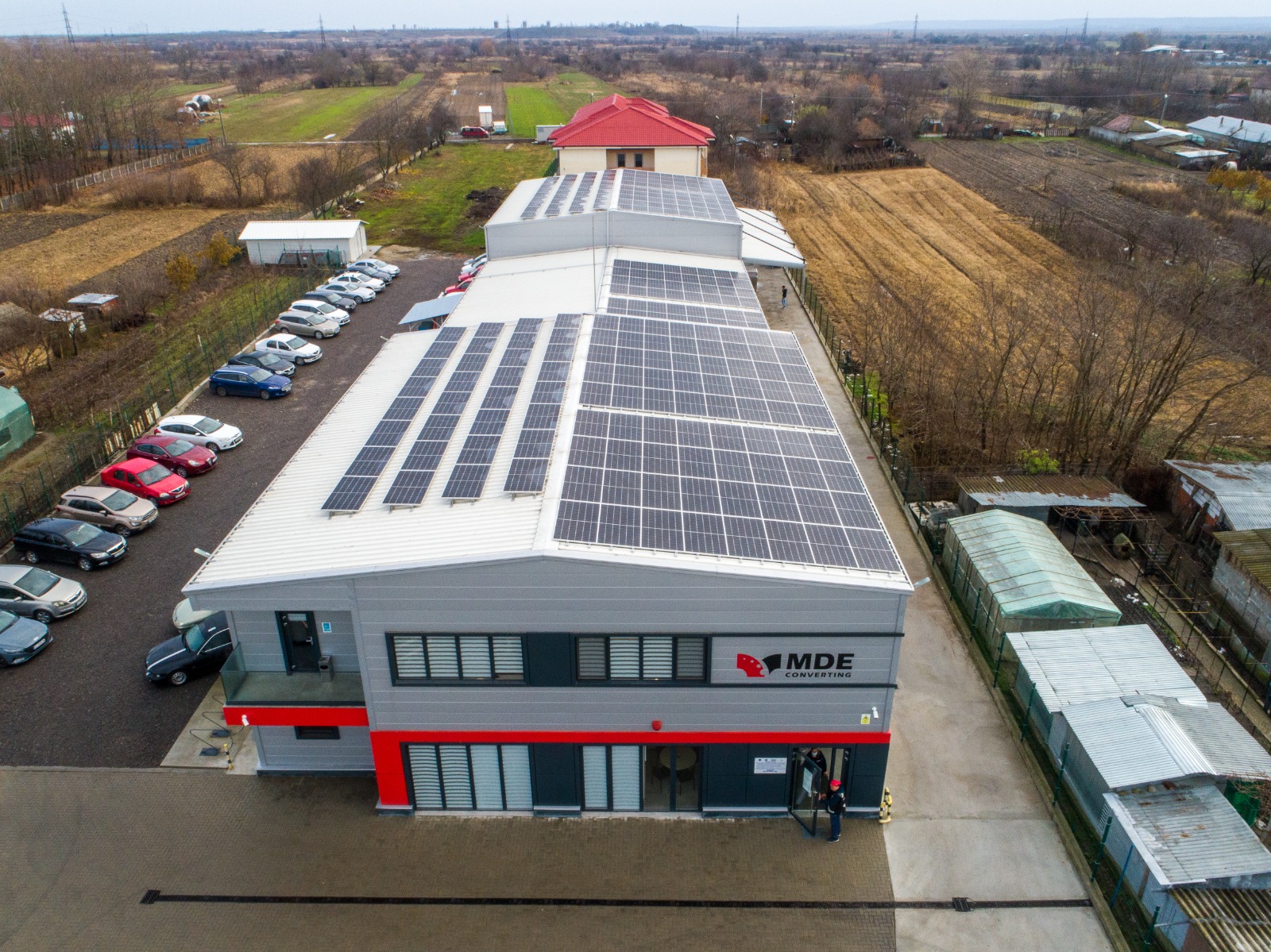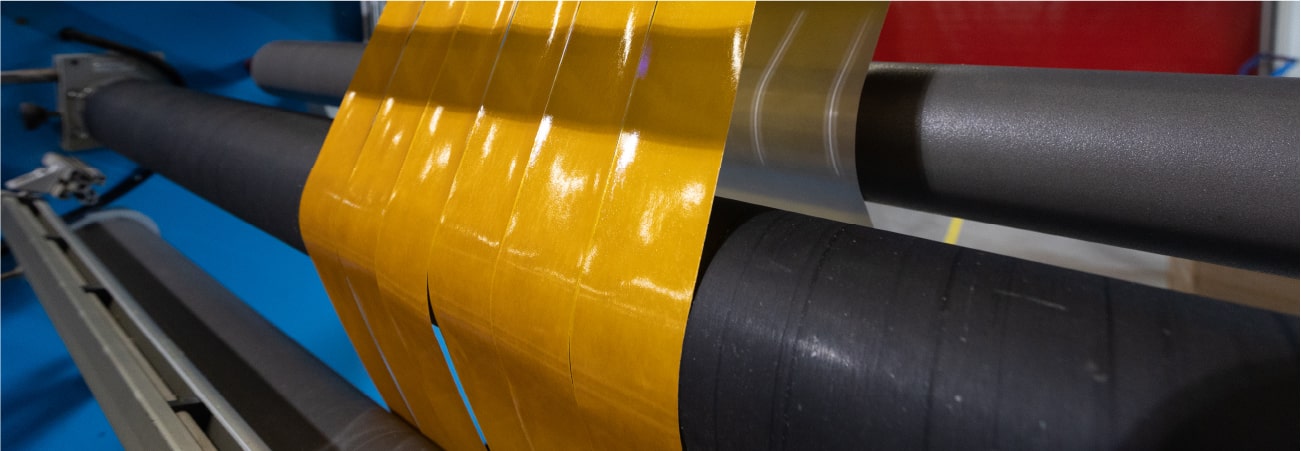Technical applications, with more complex requirements, need to be handled with a high degree of precision. Many companies in the industry tend to prioritize what seems essential at first sight, because of deadline pressure, cost or constant performance. Thus, attention falls on general specifications, volumes or delivery times.
Experience has shown us that the biggest problems can occur because details have been overlooked, not necessarily because of a lack of planning. We know that an overlooked tolerance can slow down production and that a simple mismatch can cost a lot. Detailing is not an add-on to what has already been done, but a basic prerequisite for long-term reliability and performance.
Big mistakes can start small
Thickness variations, slightly imprecise shapes, incompatibility between adhesive and substrate, are some of the reasons that can cause bottlenecks in a production process. They may not seem important on paper, but in practice they can have a significant impact.
Ignoring them in the first place can lead to:
- Alignment problems
- Time wasted in assembly
- Repairs and scrap
- Accelerated degradation
A large industrial project has a series of steps that must complement each other. At MDE Converting, we do not treat technical components as standard parts. They go through a precise conversion process and are realized according to the application context.
Our approach also involves anticipating what the component will look like and how it should behave over time. This vision, based on foresight, is what makes the difference between solutions that need to be adjusted and those that work correctly from day one.
Attention to detail means responsibility
Whenever we design a particular part for a customer, we know that we're not just working with materials. We're working with time, cost and risk, so there's no room for superficial work. Technical detail, no matter how minor, can become a form of responsibility that we take on.
What we develop and deliver are not shapes but functional solutions. Each material is chosen based on compatibility and behavior over time. Also, every discussion we have is actually a step in preventing potential disruptions or non-conformities.
We dedicate our expertise and professionalism equally to all our partners. We work with their specialists to understand exactly what the piece needs to do and how it should look in the end. Our attention to detail is a guarantee that all the elements designed will support the whole process and not jeopardize it.
To make sure that everything goes according to initial planning and expectations, we are constantly analyzing a number of aspects:
- Resistance under specific conditions of use
- Compatibility with other materials
- Shape that makes fitting more efficient
- Risk of dimensional change over time
What influences the final result
A good result is not achieved by chance or luck. Behind a high-performance industrial product that runs smoothly are many rigorous choices. We consider everything from the structure and type of material to quality control and prototype validation.
The entire route is rigorously monitored. Careful checks are made on how the materials are handled, where the final piece will be applied and under what conditions it will have to work. What we are looking for is consistency and adaptability over time, not a good enough result.
In the long run, performance cannot be achieved without precision, just from the choice of material or technology. It comes when all these decisions are aligned and tested together. It is a complex process that requires collaboration, analysis and constant attention to every detail. This is the only way to get a product that will support the whole system in which it will be integrated.
Real performance comes from making the right choices
What you see at the end of successful industrial projects is functionality. What you don't see, but what matters most, is the rigor behind it. This is about how the parts have been designed and developed, how well the materials have been processed and how clearly the production flow has been understood.
The real performance that we constantly work to achieve is the direct result of the decisions we make. It also depends on the collaboration with our partners and the meticulousness with which we deal with the little things that might slip out of sight.
Our aim is not to impress, but to deliver measurable and satisfactory results every time. From our experience with numerous other completed projects, we know that what may seem like the smallest aspect is often what influences efficiency and sustainability.



